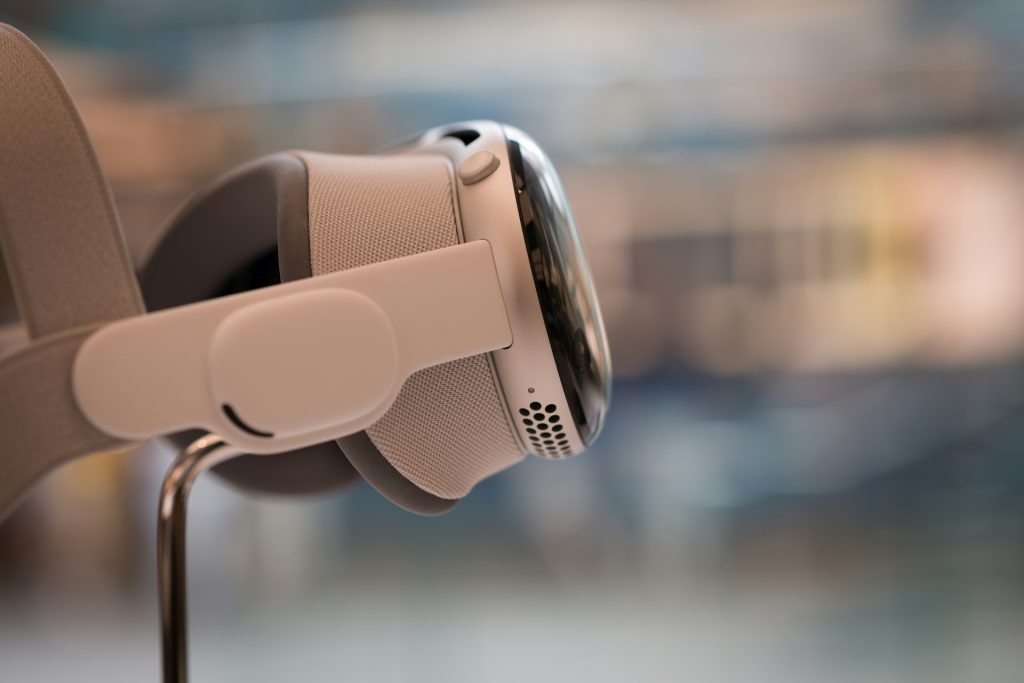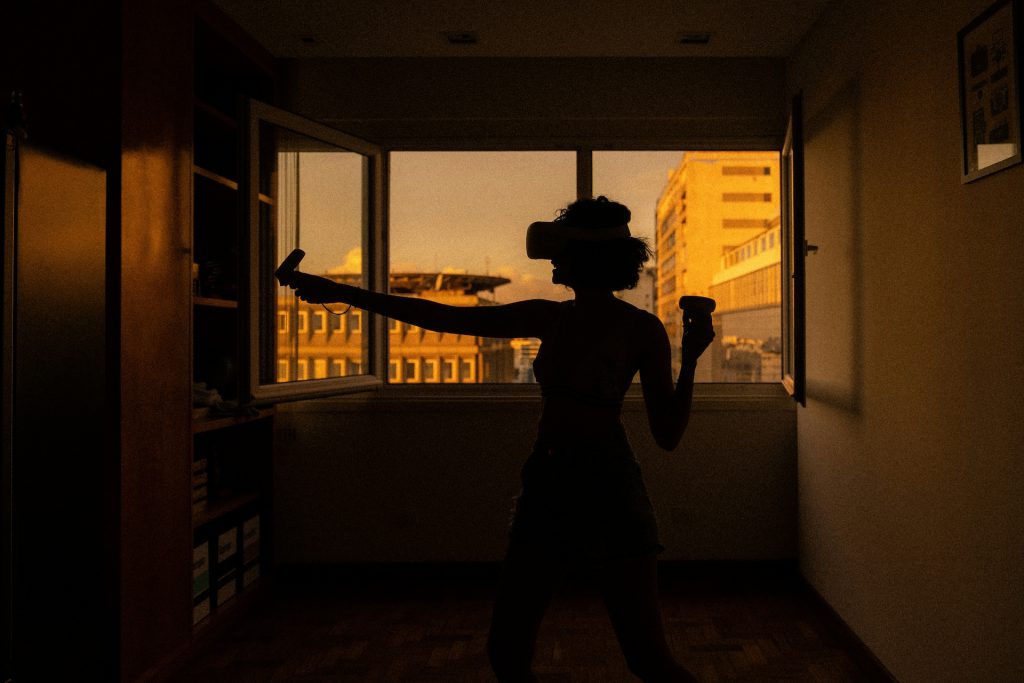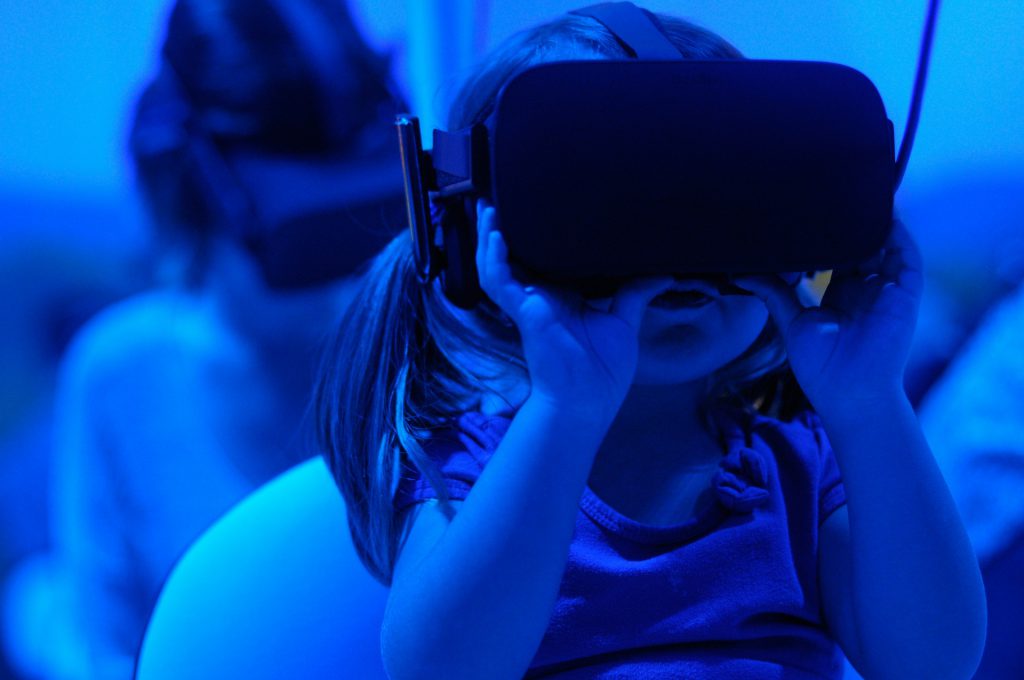Apple has introduced a groundbreaking innovation in immersive content: Spatial Video. Designed to enhance depth perception and realism, Spatial Video offers a new way to experience memories and media. But what exactly is it, and how does it work? In this guide, we’ll break down the fundamentals of Apple’s Spatial Video technology, its applications, and what makes it different from traditional video formats.
What is Spatial Video?
Spatial Video is a stereoscopic 3D video format developed by Apple, designed to be viewed with the Apple Vision Pro. Unlike regular videos, which are flat and two-dimensional, Spatial Video records depth information, making the footage appear more immersive when viewed through compatible devices.
Key features of Spatial Video:
- 3D depth perception – Creates a natural sense of space.
- 60 FPS at 8K resolution – High-quality video for ultra-realistic visuals.
- Optimized for Apple Vision Pro – Designed for full immersion in Apple’s mixed reality ecosystem.
How does spatial video work?
Spatial Video is captured using dual-camera systems, allowing for depth mapping and stereoscopic playback. The iPhone 16 Pro and newer Apple devices can record Spatial Video using their advanced camera sensors, which analyze distance and perspective in real-time.
To watch a Spatial Video:
- Record using a compatible Apple device.
- Play it back on the Apple Vision Pro.
- Experience the scene as if you were there, with realistic depth and perspective.
How is spatial video different from traditional video?
| Feature | Traditional Video | Spatial Video |
|---|---|---|
| Depth | 2D, flat image | 3D, immersive depth |
| Devices | TV, smartphones, monitors | Apple Vision Pro, mixed reality devices |
| Resolution | Up to 4K | 8K with depth processing |
| Experience | Watching a screen | Feeling “inside” the video |
Unlike VR content, which is often computer-generated, Spatial Video captures real-life footage, making it feel more natural and engaging.
Applications of spatial video
Spatial Video is not just for entertainment. Here are some key industries that could benefit from this technology:
- Personal Memories – Reliving moments as if you were there.
- Education & Training – More engaging learning experiences.
- Virtual Meetings – More immersive video calls.
- Medical & Therapy – Applications in remote patient care and mental health.
Spatial Video represents a significant leap in digital content, merging the best of real-life depth and next-gen video technology. As Apple continues to develop this format, we can expect even more immersive experiences in the future. Stay tuned to spatial-video.com for the latest updates and insights on this revolutionary technology!




